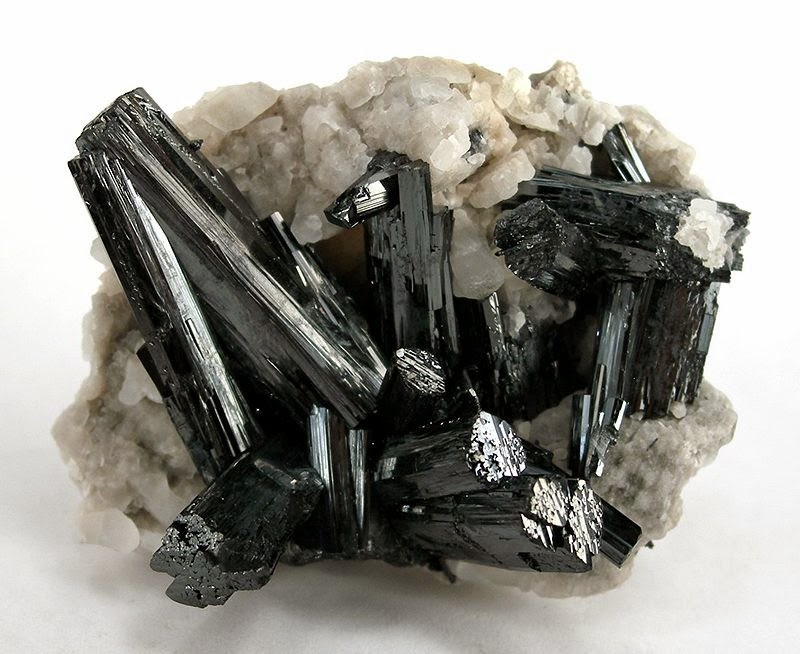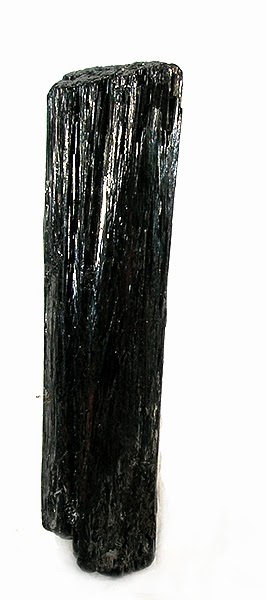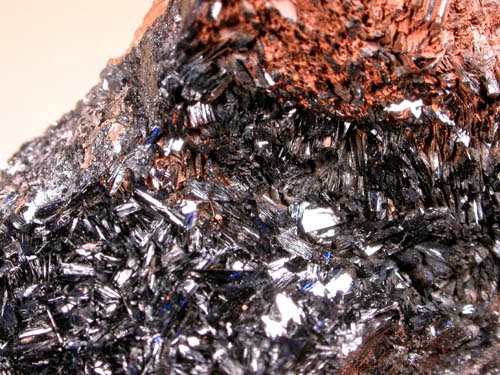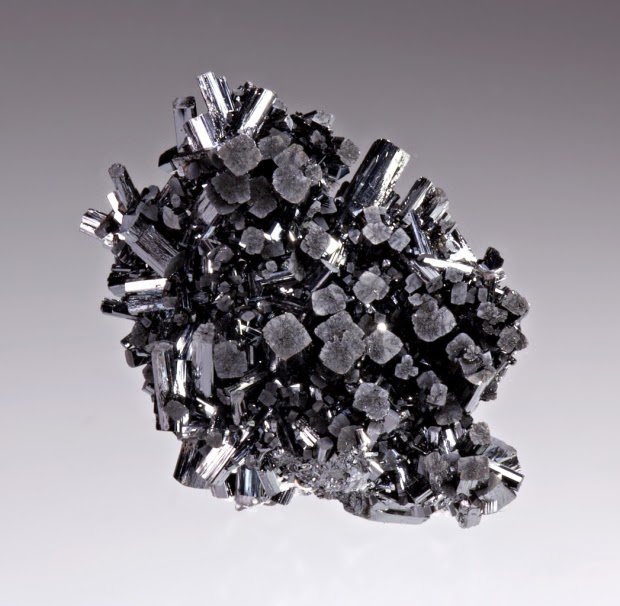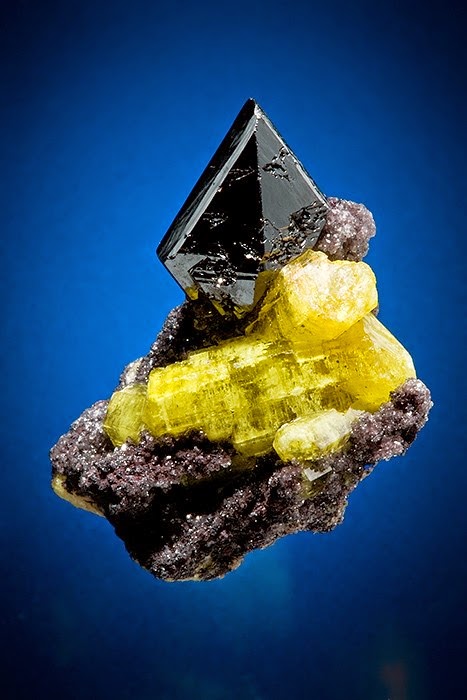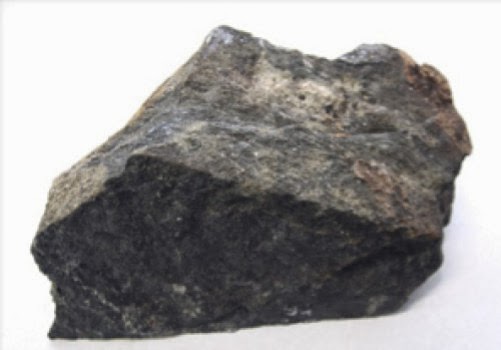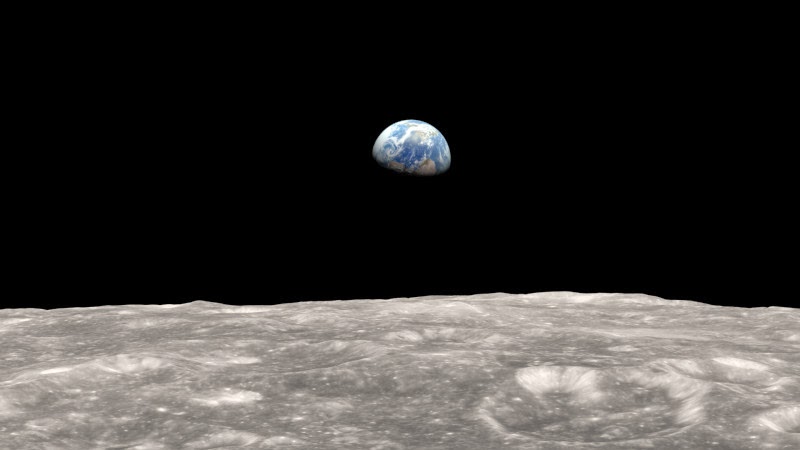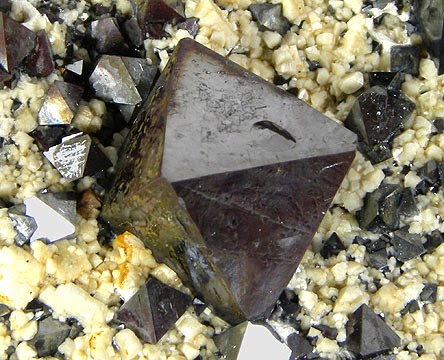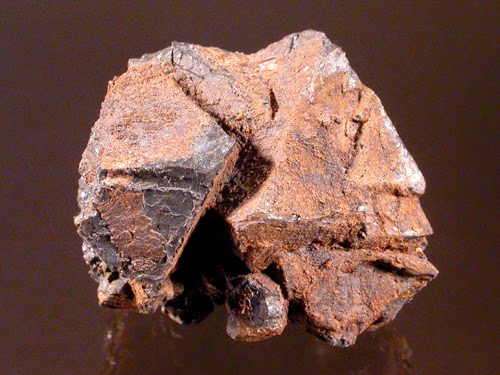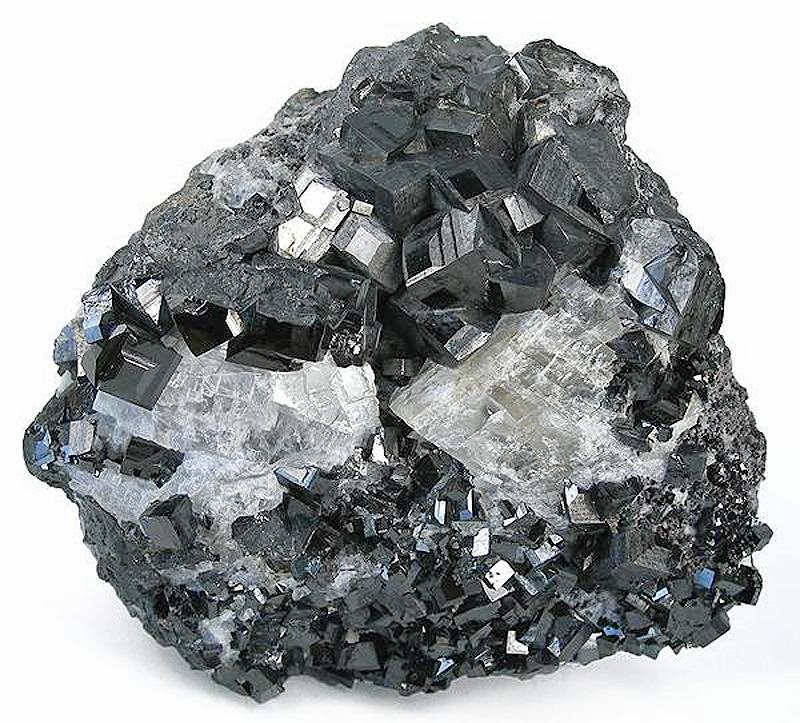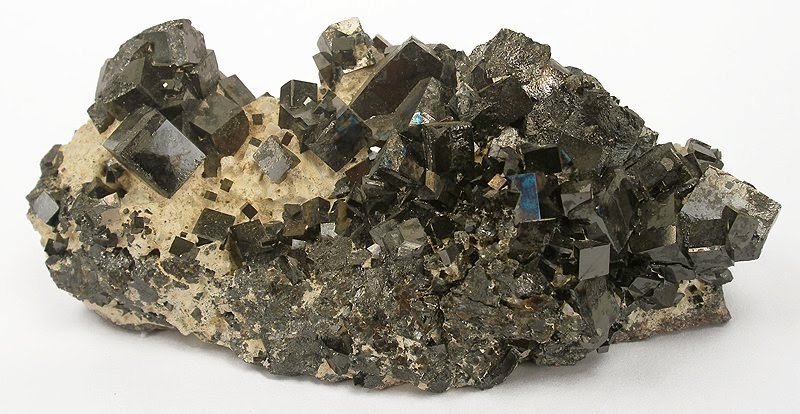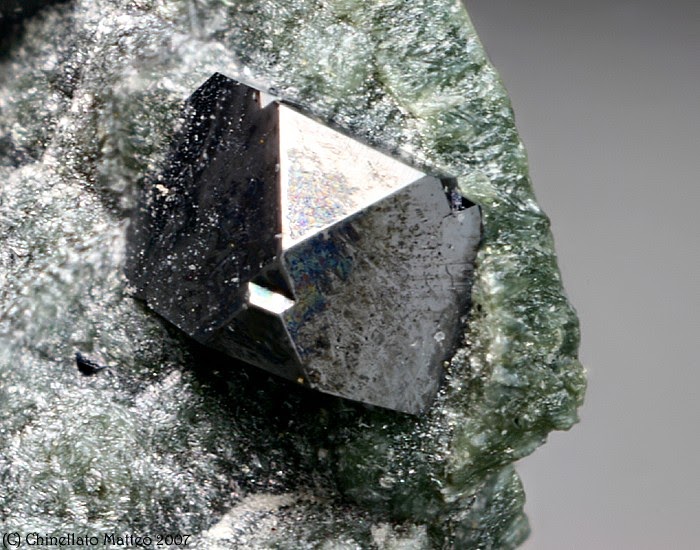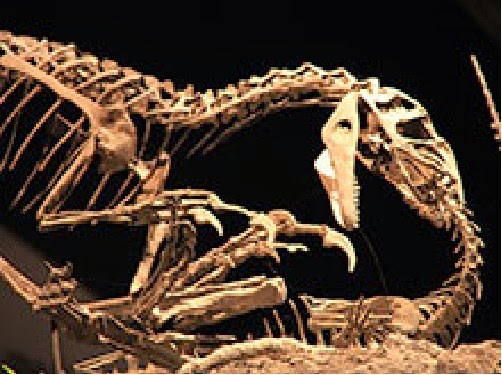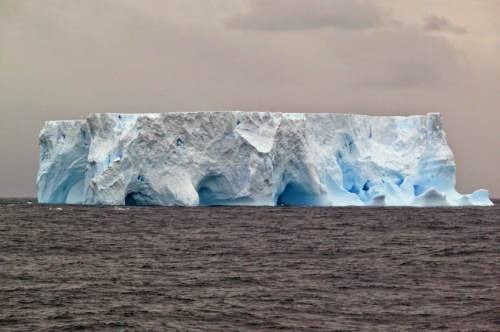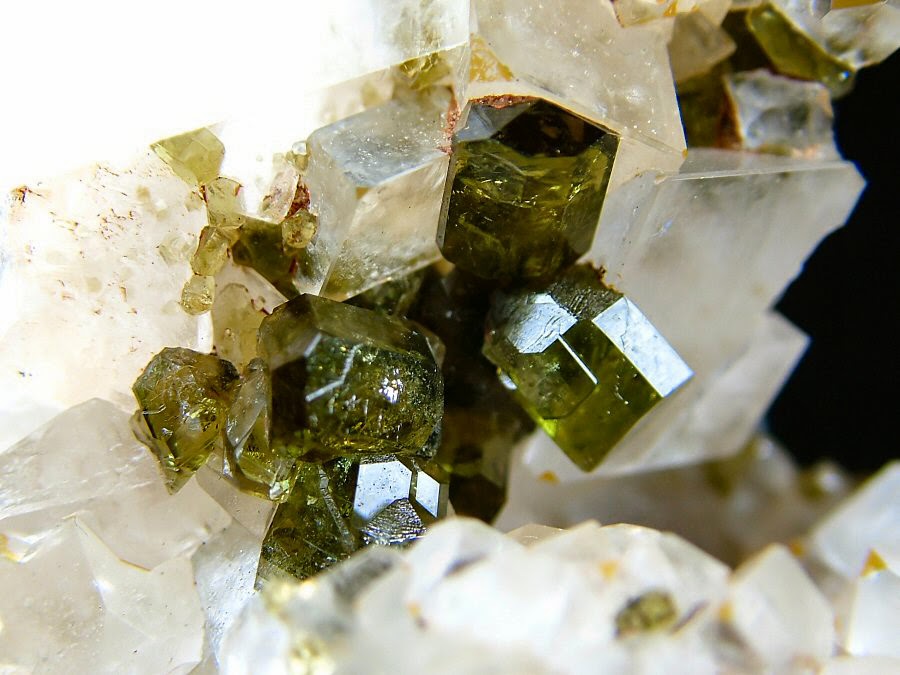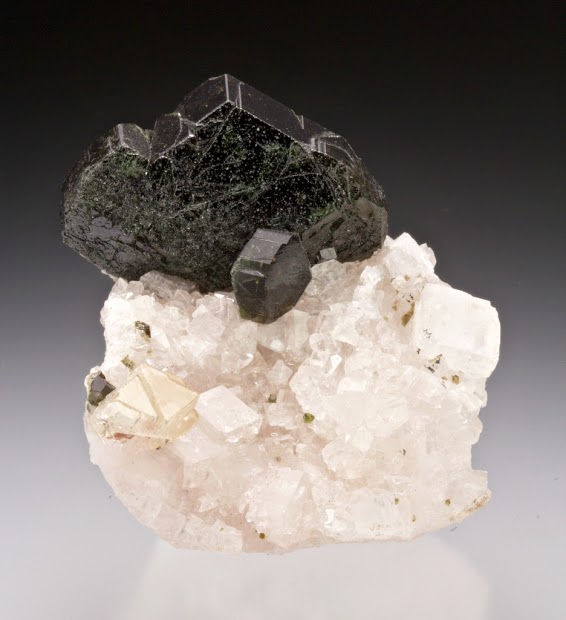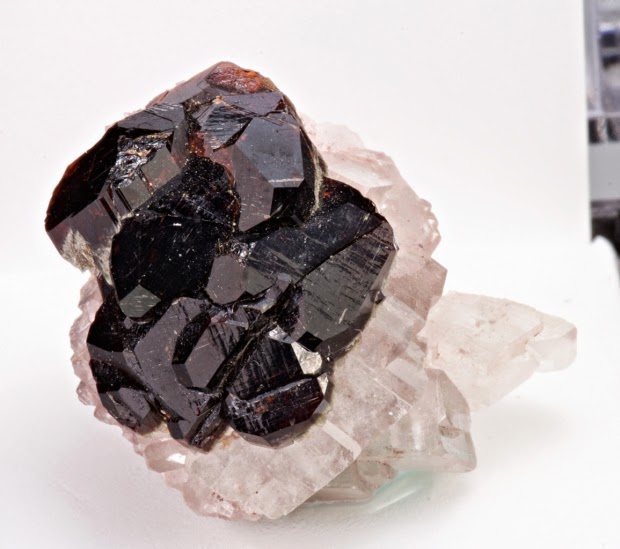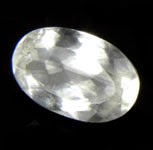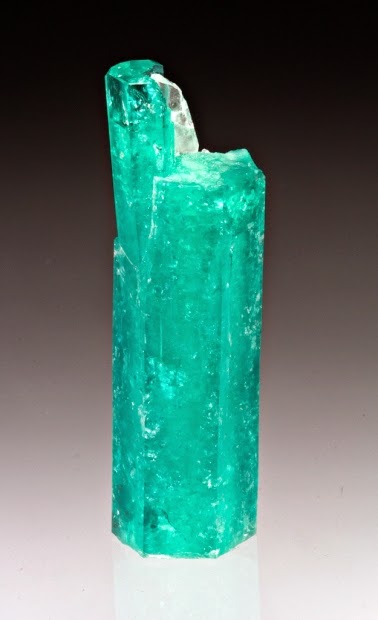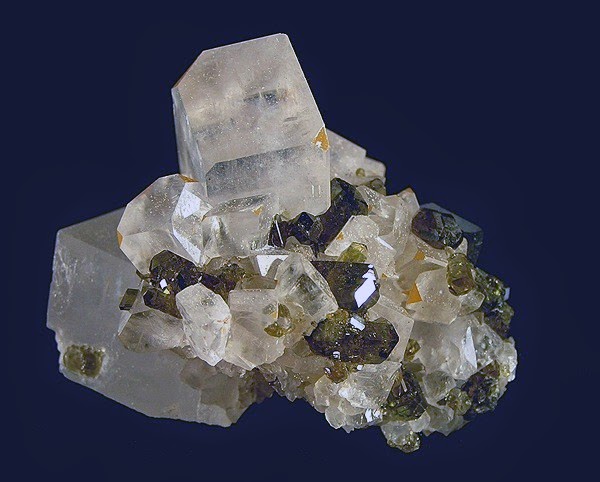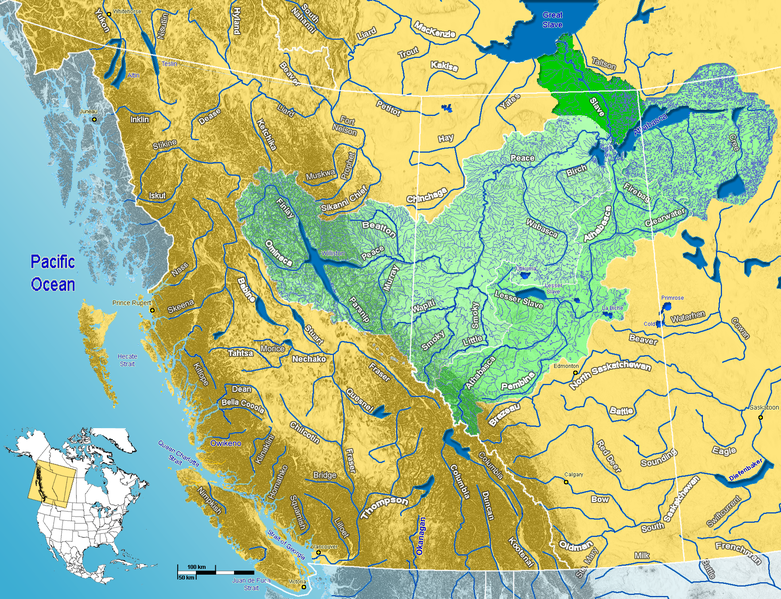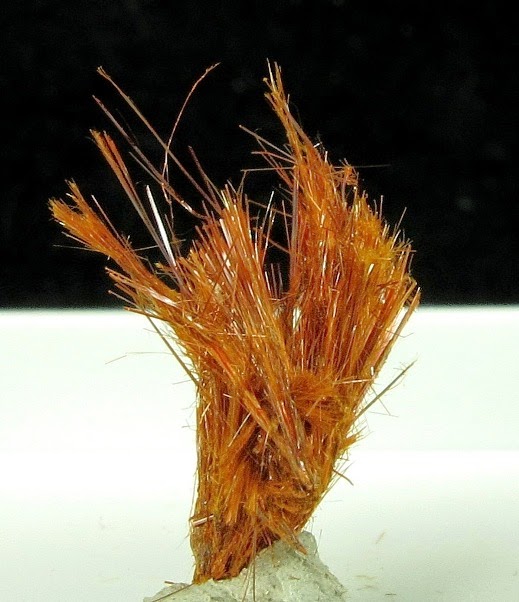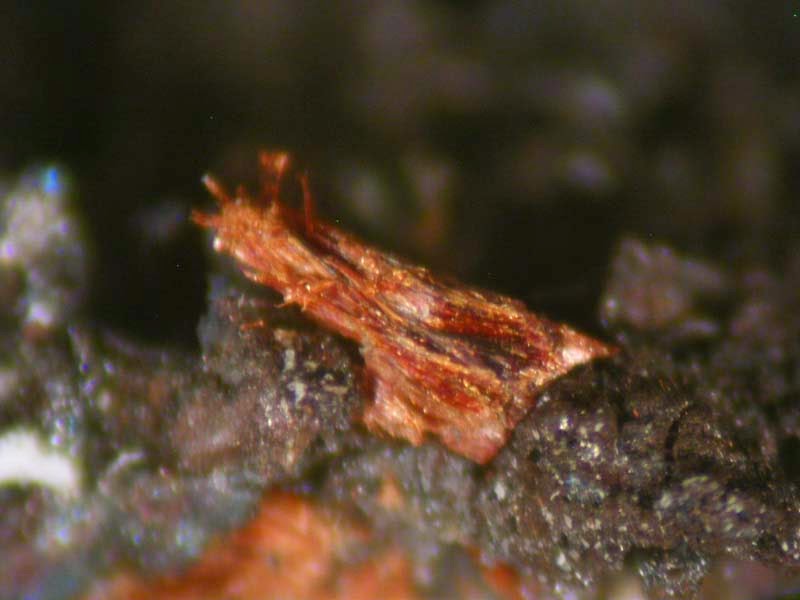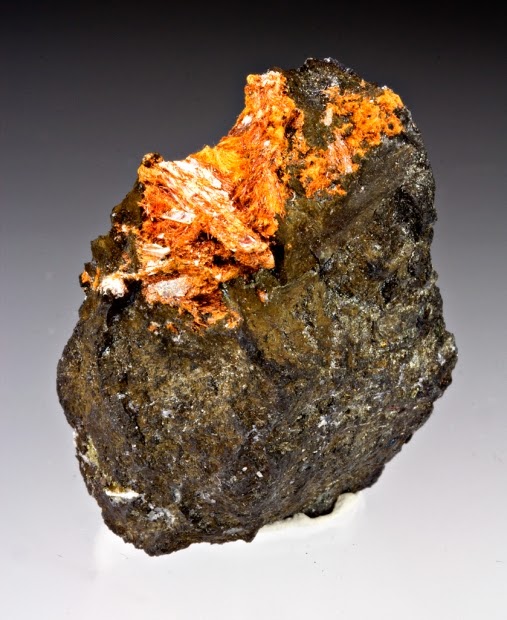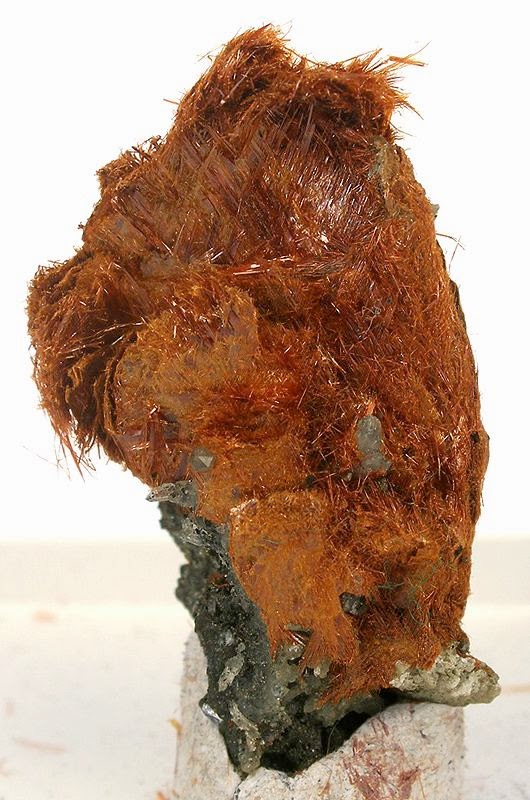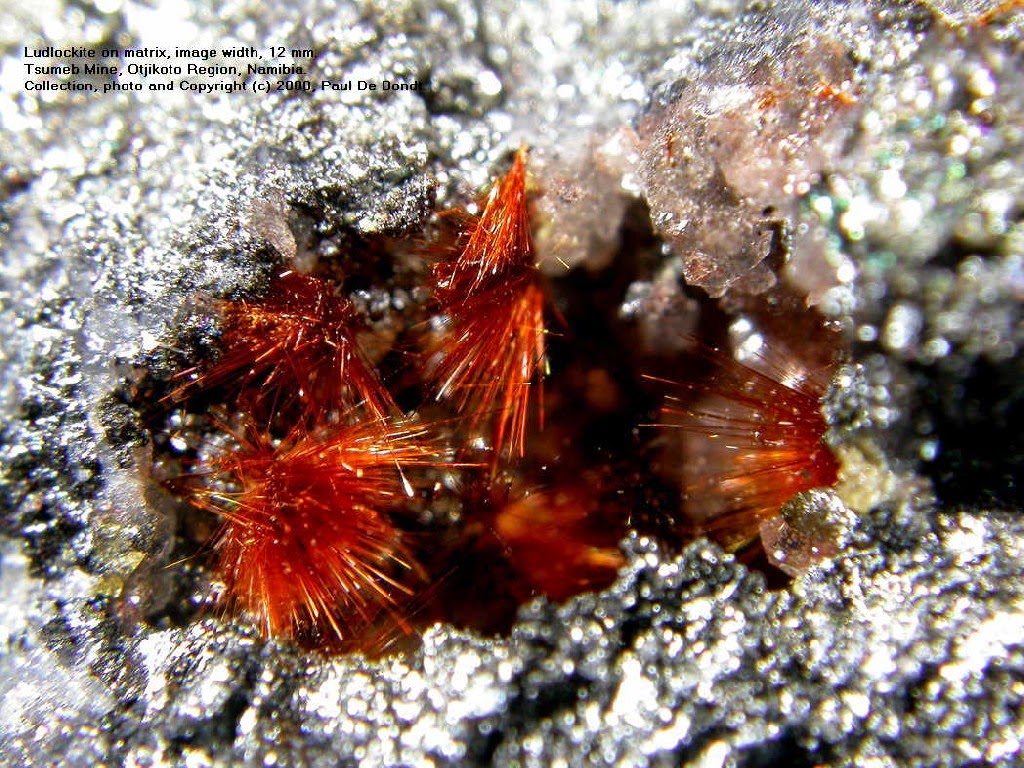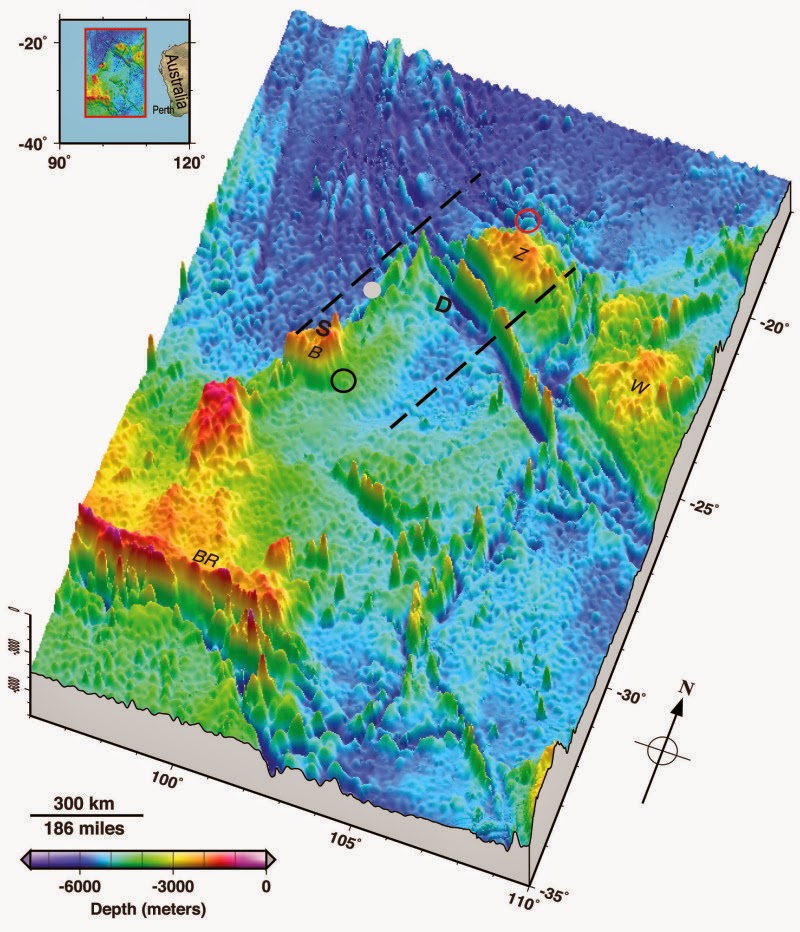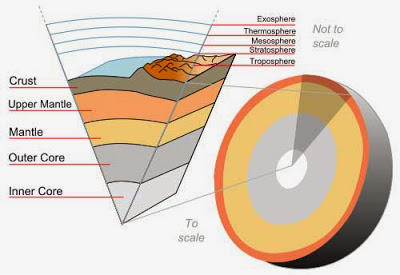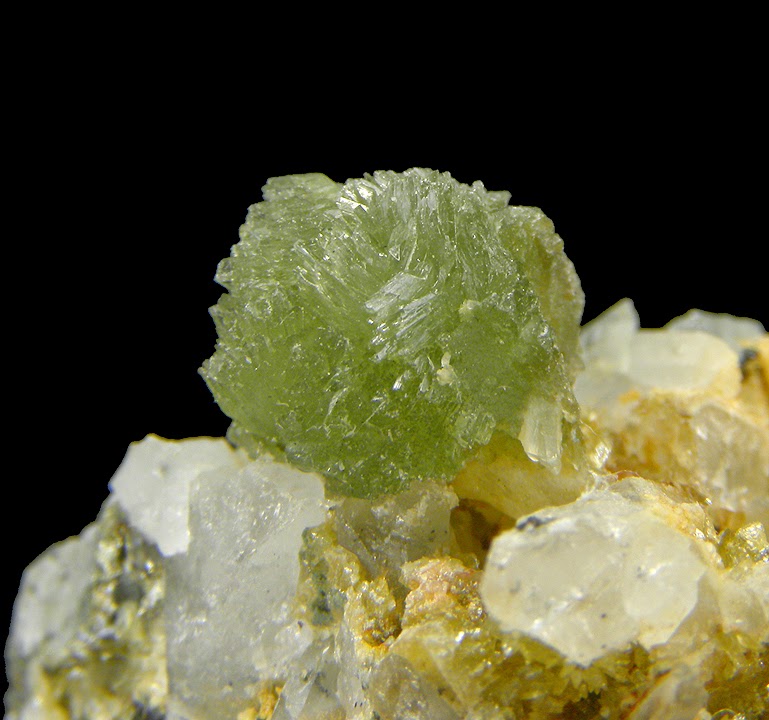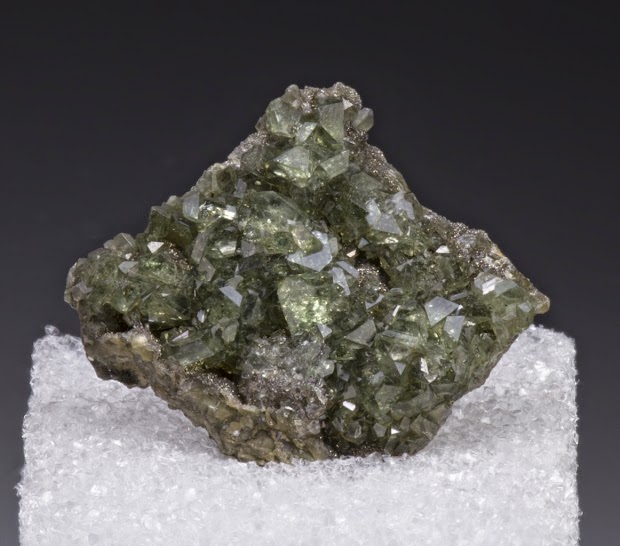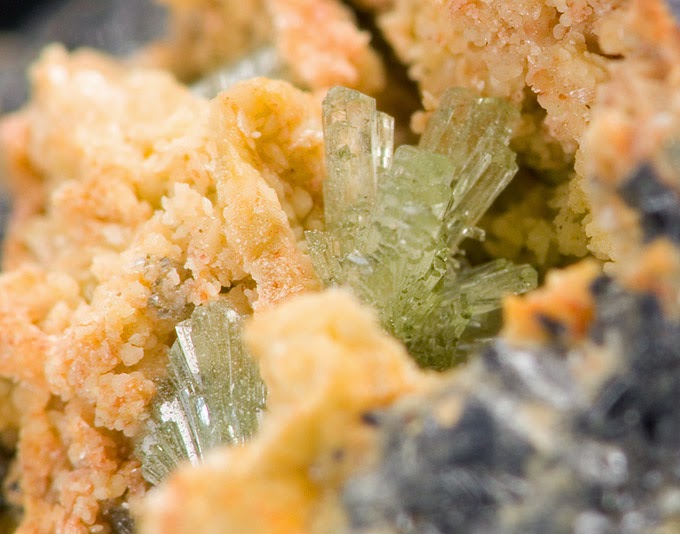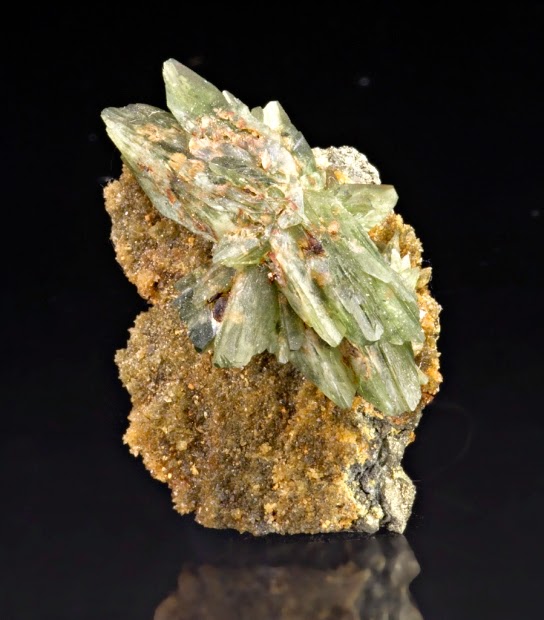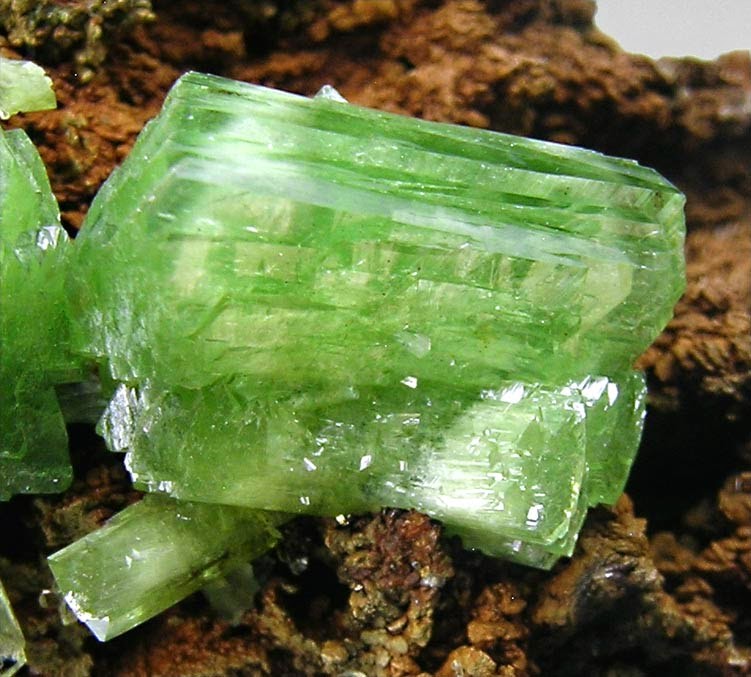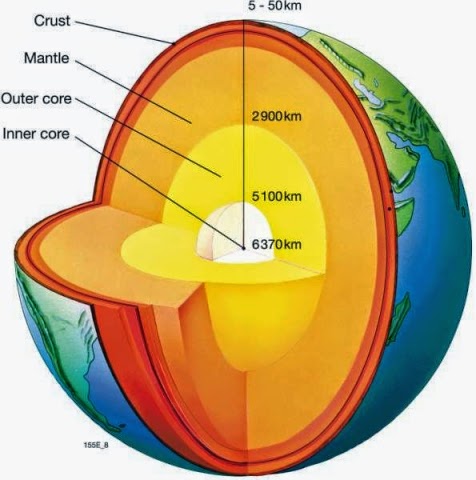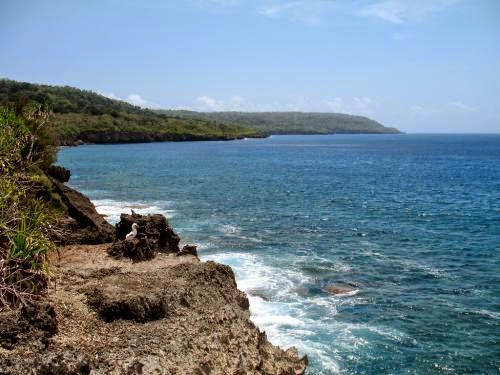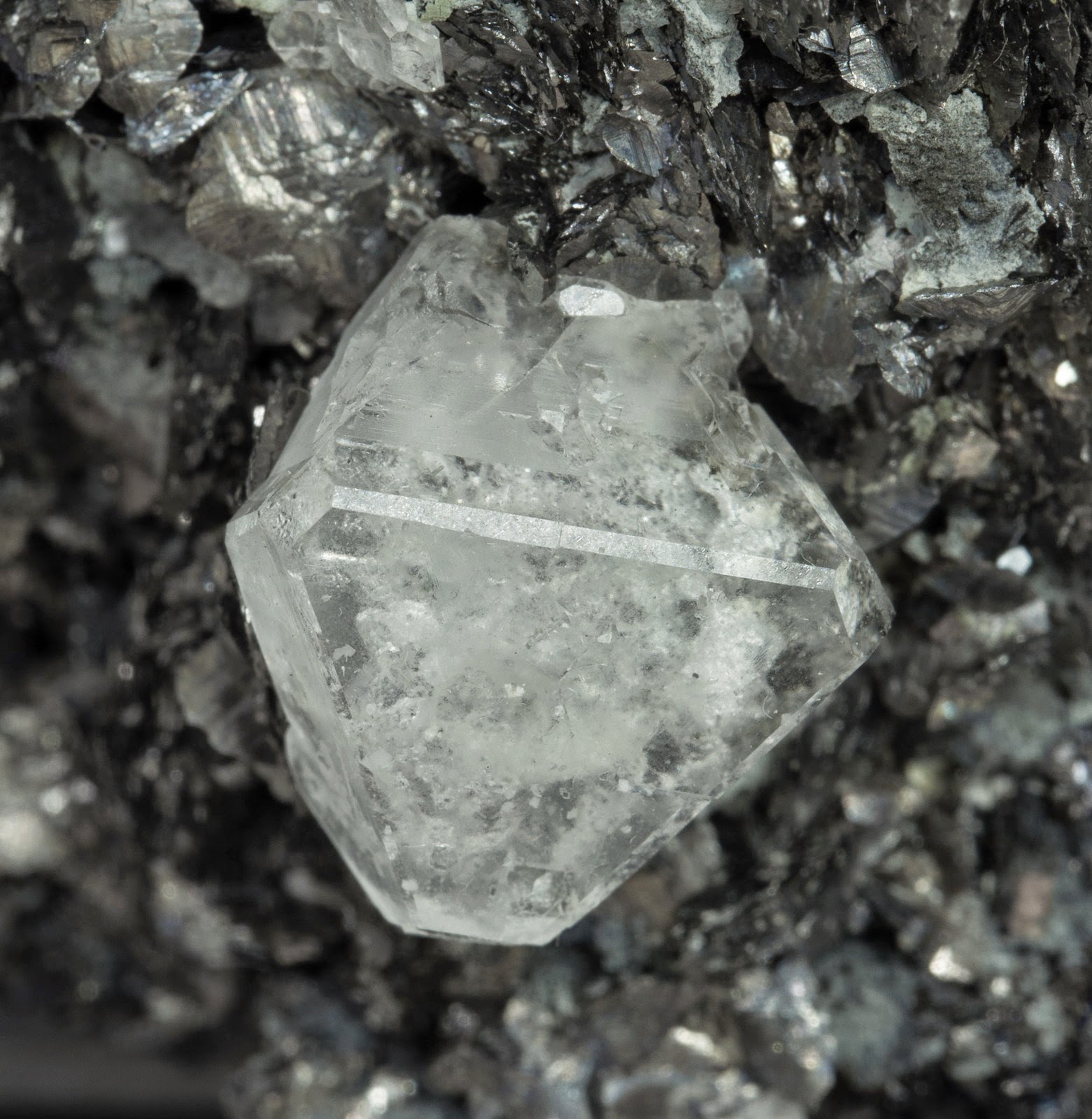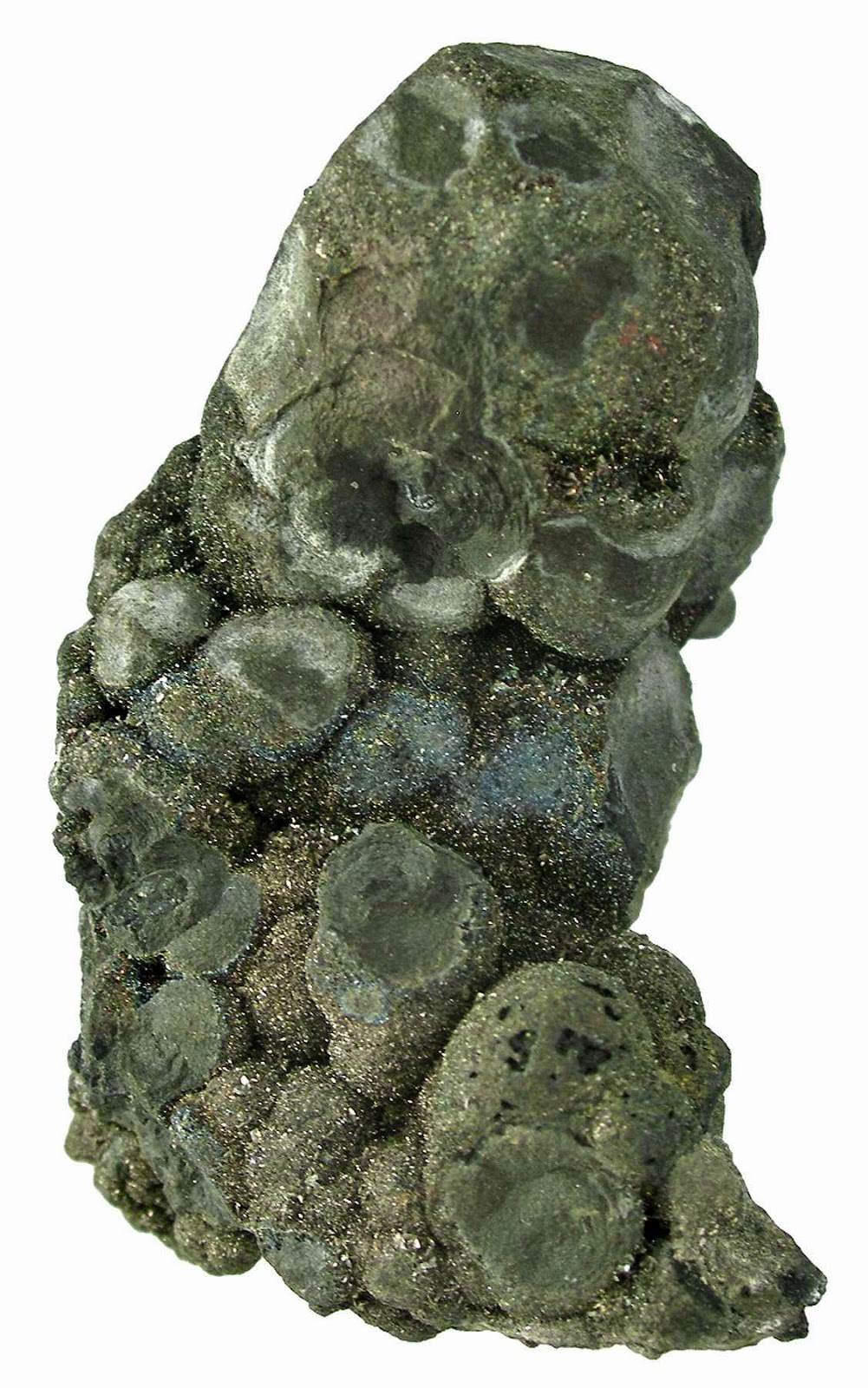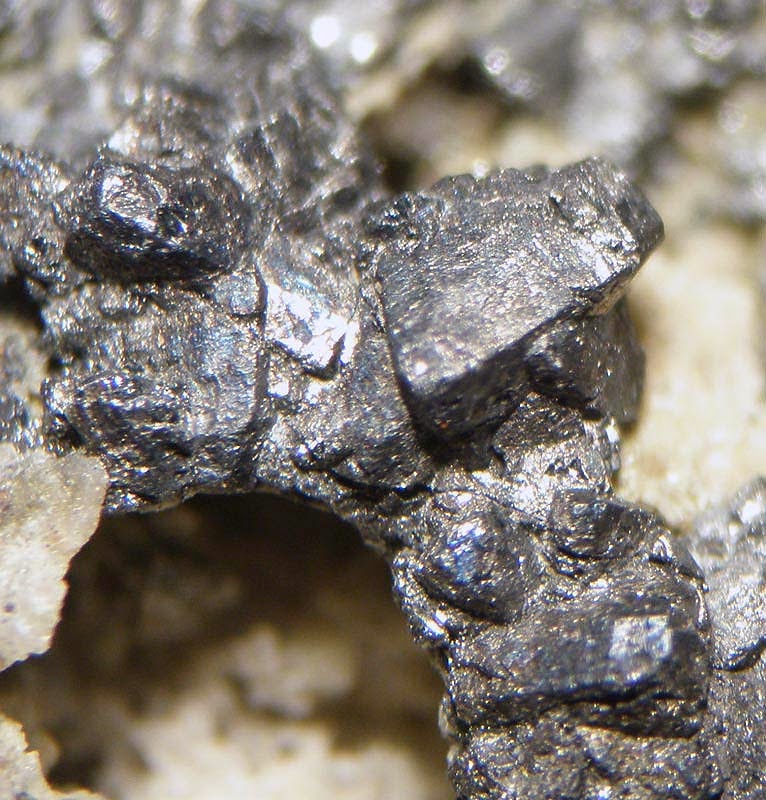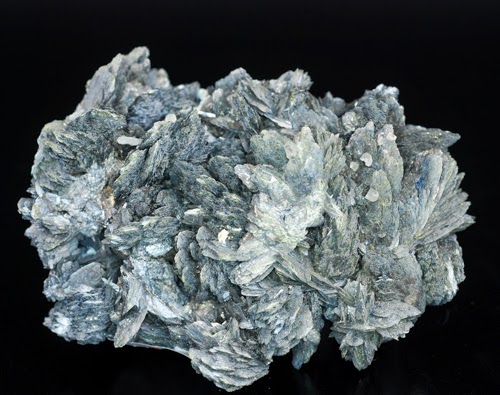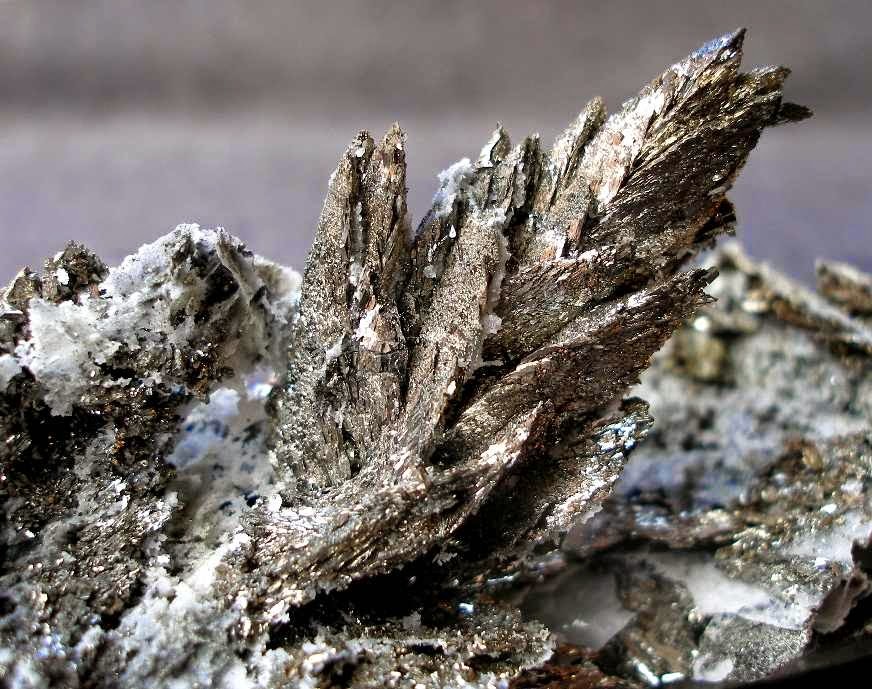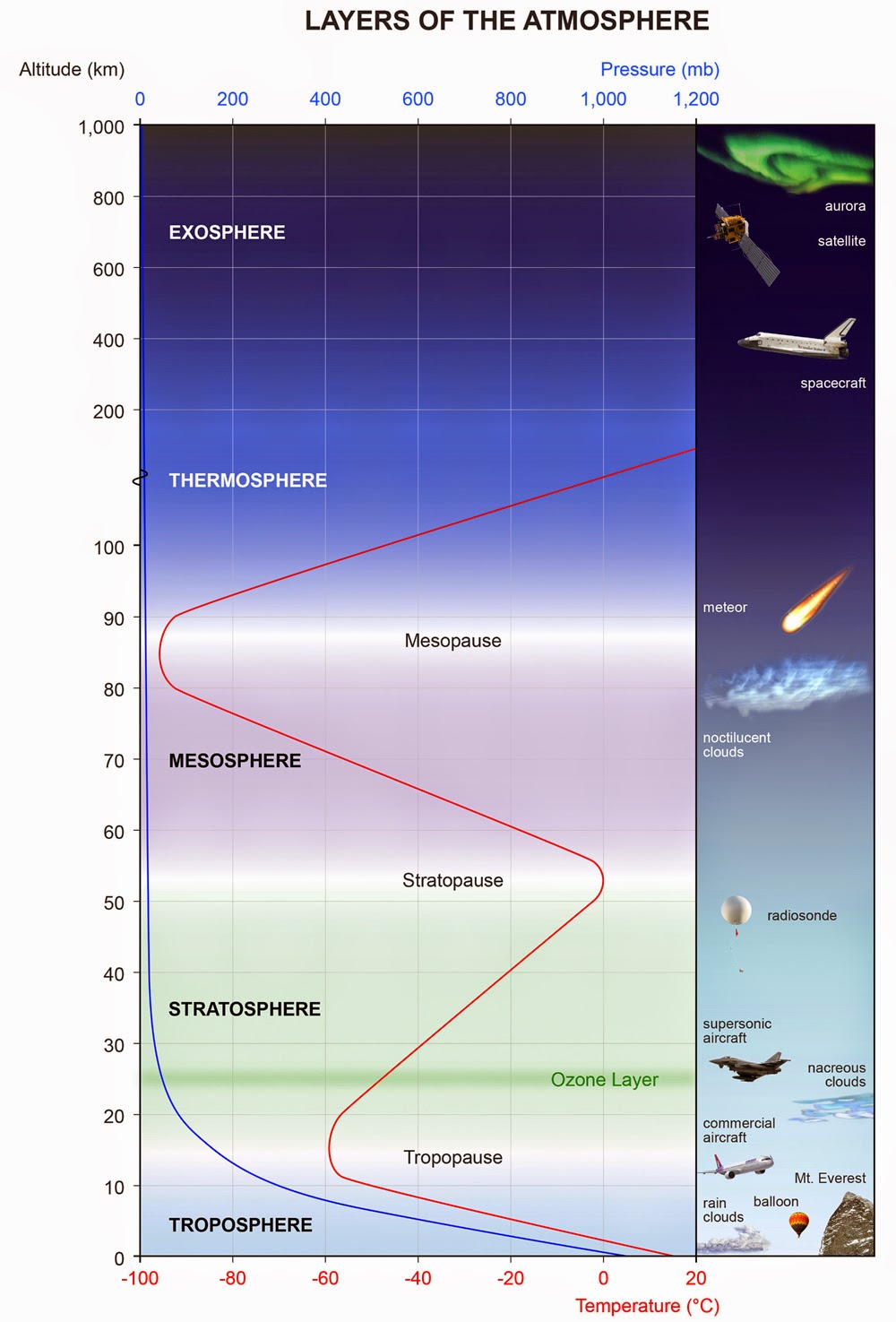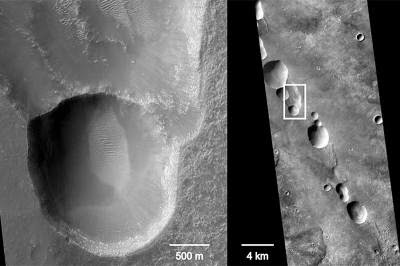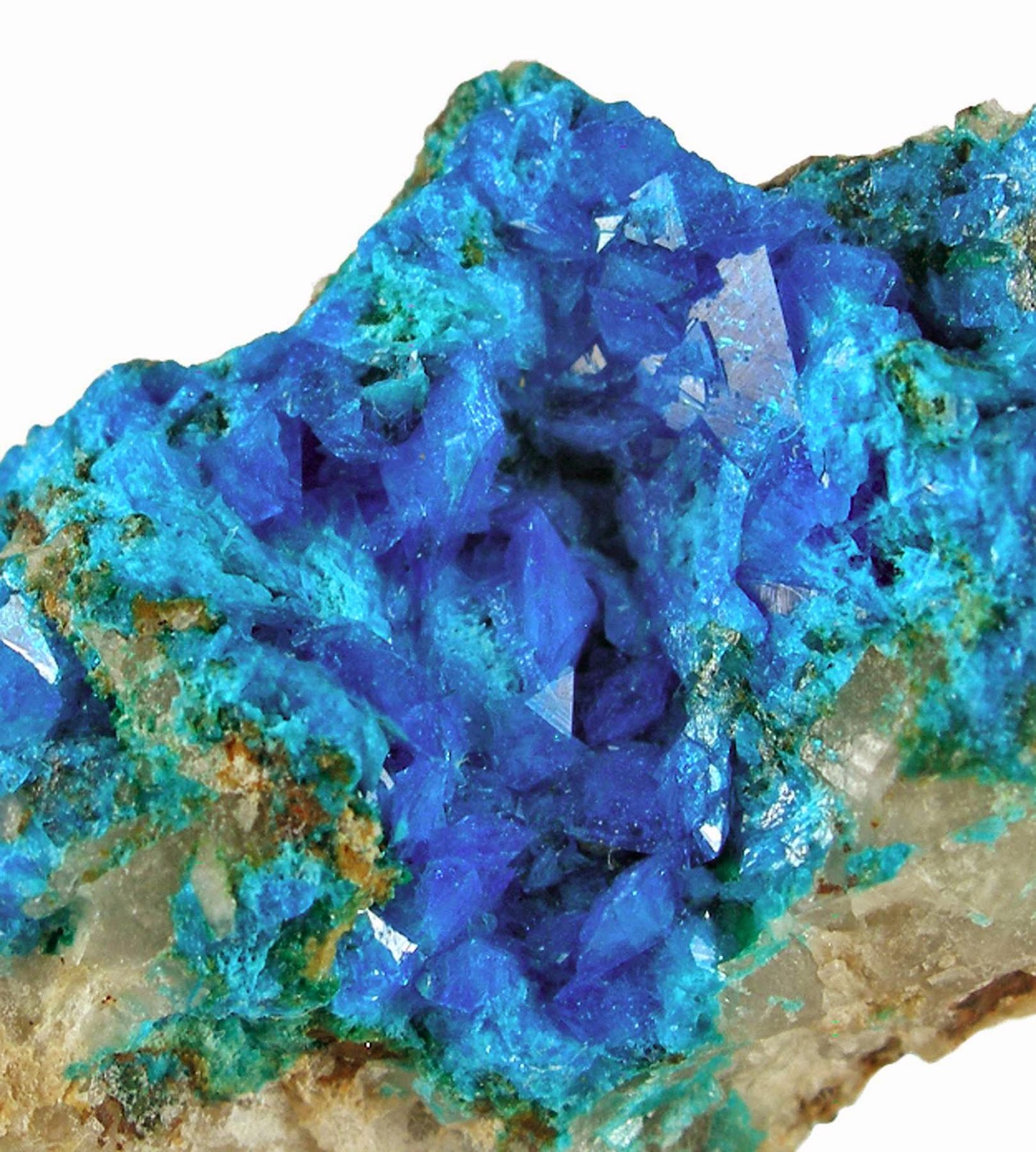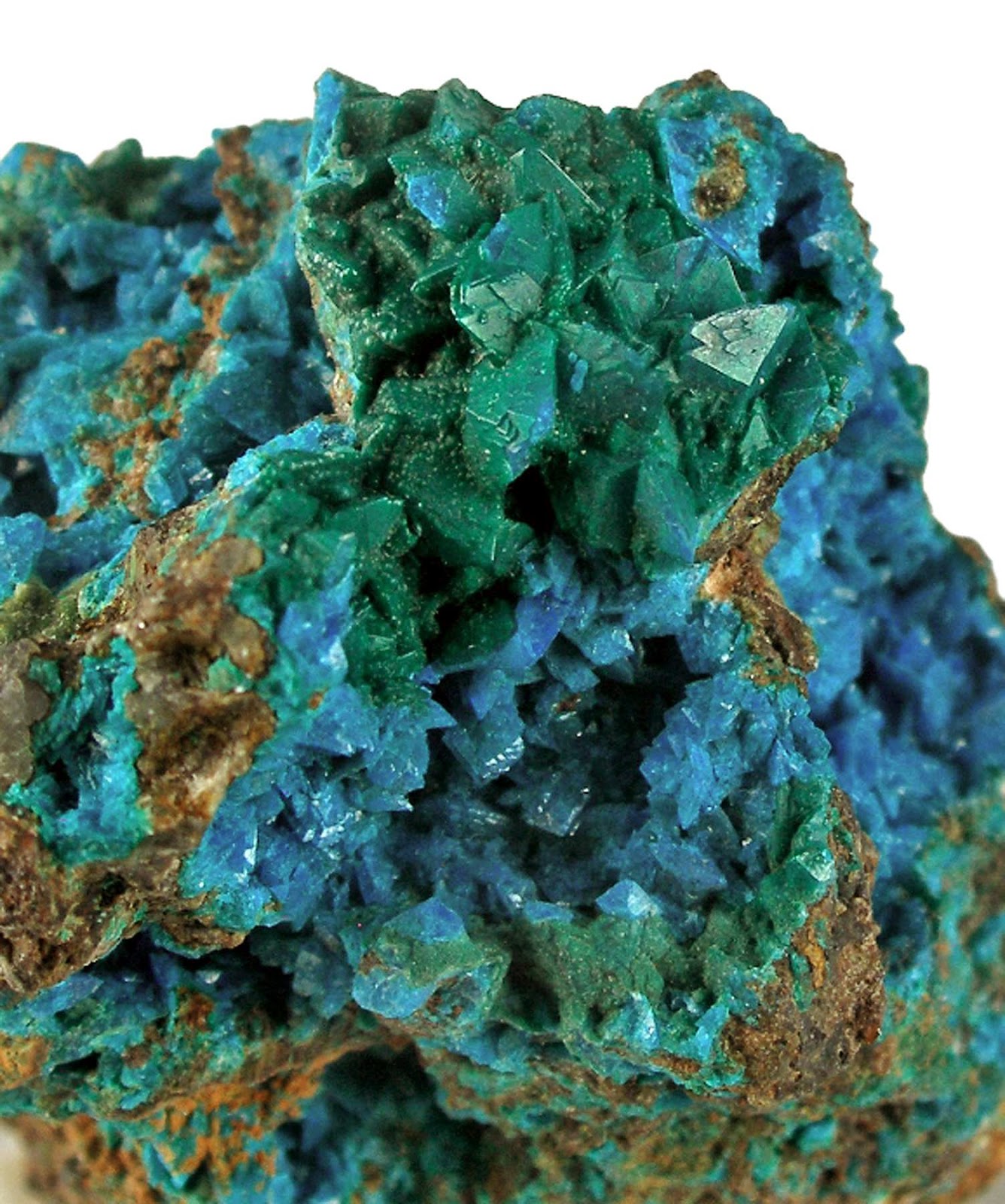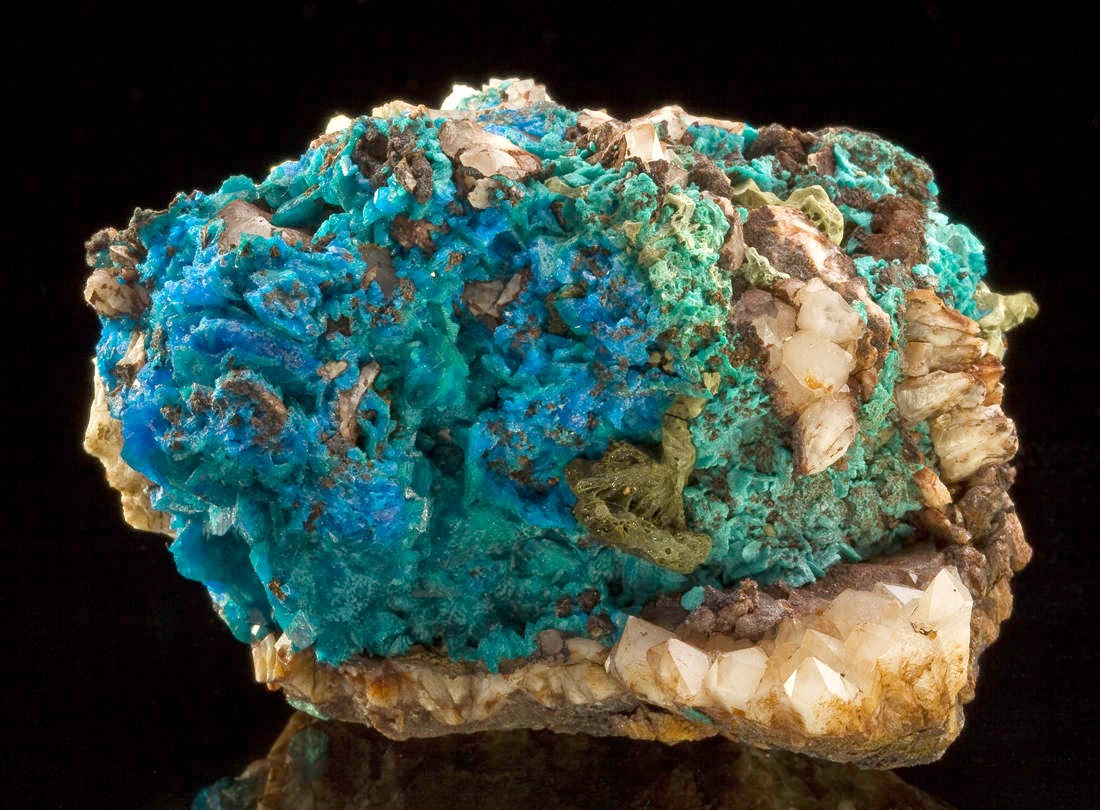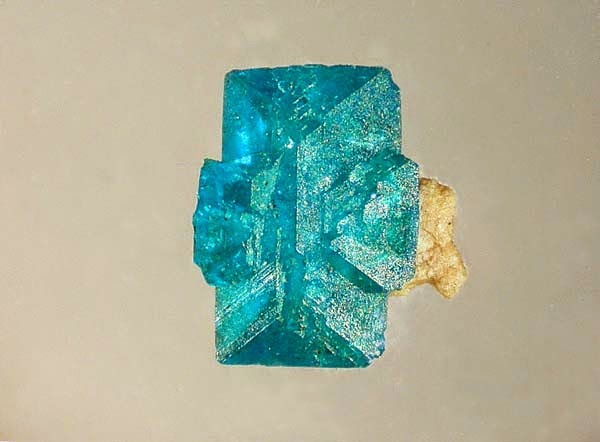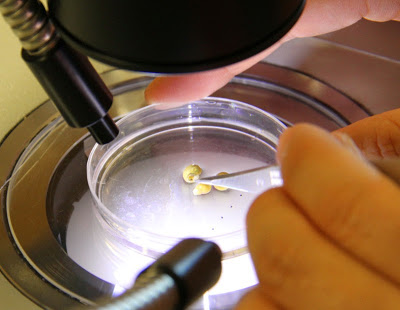
A paper by Dr. Masako Nakamura of the OIST Marine Biophysics Unit on the ecology of one of deep-sea limpets called Lepetodrilus nux has been published in the Marine Ecology Progress Series. These deep-sea limpets are conches with shells about 1 cm long. They have been confirmed to live in the long, narrow seabed known as the Okinawa Trough, located at an average of depth of 1000 meters and northwest of the Nansei and Ryukyu Islands. In this paper, three major findings are reported: new limpet habitats in the Okinawa Trough, the process of limpet population formation surmised from their shell length, and limpet reproduction patterns. This is the first study of the life history of limpets living in the Okinawa Trough, including their reproduction and spread, and Dr. Nakamura’s work provides insights into their ecological mechanisms.
In order to understand the spread of marine life, Dr. Nakamura studies benthos, which are animals that are sessile or hardly move in the adult stage. They include deep-sea limpets, reef-building corals, and coral predator crown-of-thorns starfish. In autumn 2011, she boarded a deep-sea research vessel of the Japan Agency for Marine-Earth Science and Technology (JAMSTEC) to collect samples of deep-sea benthos from hydrothermal vents in the Okinawa Trough. Hydrothermal vents, where heated, mineral-laden seawater spews from cracks in the ocean crust, are home to various diverse organisms. From the collected samples, Nakamura took some deep-sea limpets back to her laboratory to study their population formation and colonization patterns. She did this by examining two characteristics: shell length and distribution pattern. Each sample was carefully measured to examine the time the sample has lived in a colony. The longer the shell length, the longer the inhabitance.
To understand the distribution patterns, Nakamura studies the fertilization process of limpets. Through microscopic observation of tissue sections from limpet gonads, she confirmed the stages of egg and sperm development. While limpets have distinct male and female sexes, the female has a bag-like organ called a spermatheca to store sperms for internal fertilization. Nakamura also discovered that eggs and sperms in various stages of maturity coexist simultaneously within the limpet’s genital glands. The limpets undergo a continual fertilization process in which each egg is spawned when it reaches maturity. This is different from coral fertilization, in which numerous mature eggs and sperms are released simultaneously and fertilized in the water. Fertilized limpet eggs released into the sea drift through the larval stage of growth, eventually finding home and adhering to the seabed to join a benthos community. The OIST Marine Biophysics Unit to which Dr. Nakamura belongs also studies ocean currents, which have considerable impact on the spread of benthic larvae. The team is trying to understand life history traits of benthos at the initial stage and the influence of ocean currents in order to find out how these organisms expand their habitat and respond to environmental changes.
Dr. Nakamura goes out on the water and observes marine organisms first hand. This approach is rooted in her belief that certain things can only be understood through observation of their natural state, and that the information obtained through these observations should be valued. “I would like to pass along to the next generation of researchers a diligent field research approach to understand ecosystems,” Dr. Nakamura said. By accumulating the understanding of the ecology of small marine organisms, she hopes to deepen an understanding of the spread of life in the entire ocean.
Note : The above story is based on materials provided by Okinawa Institute of Science and Technology – OIST.


